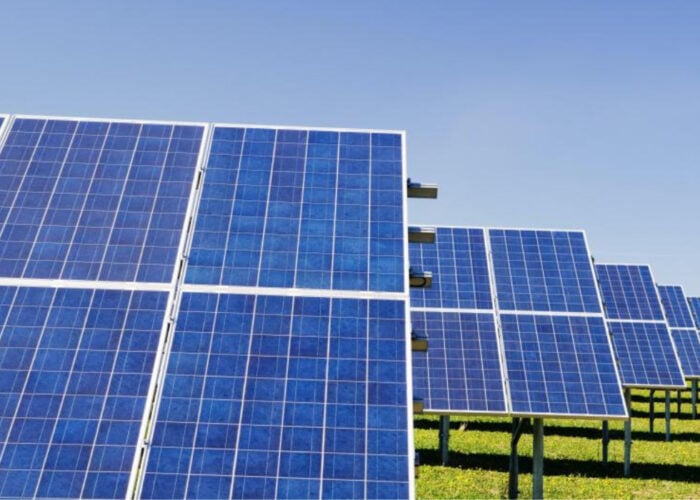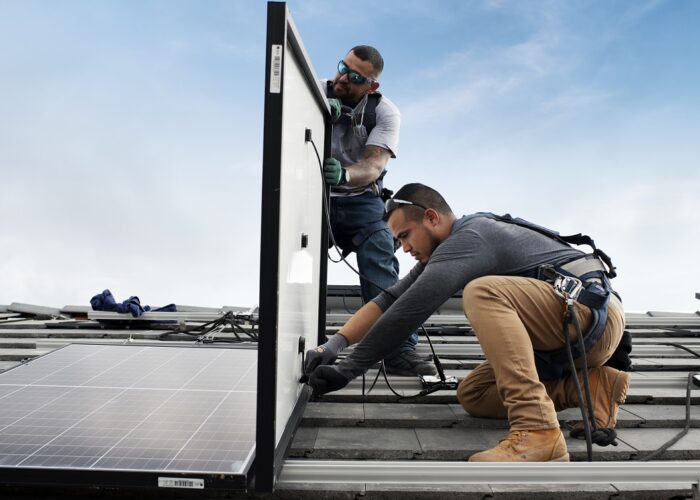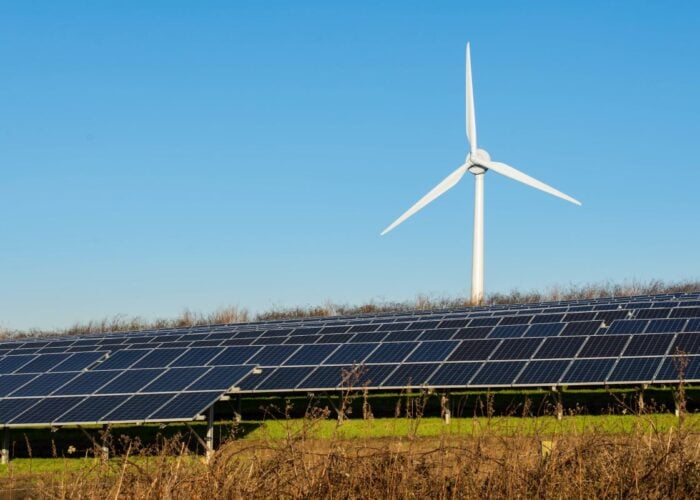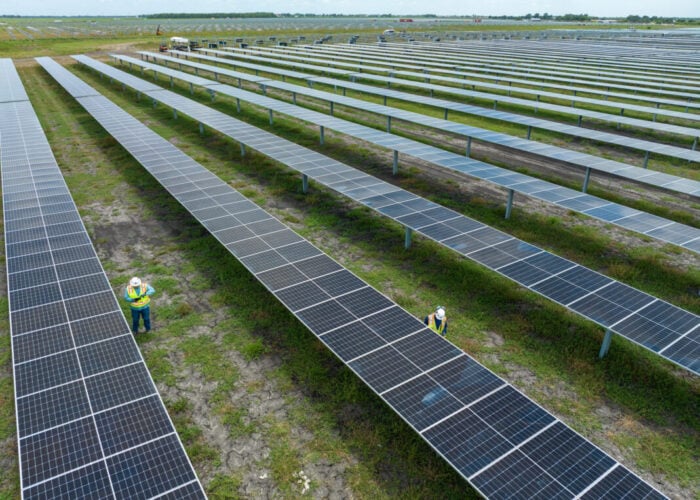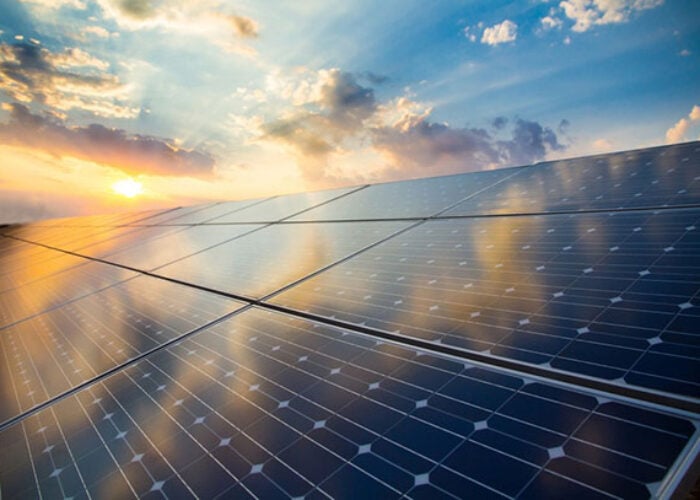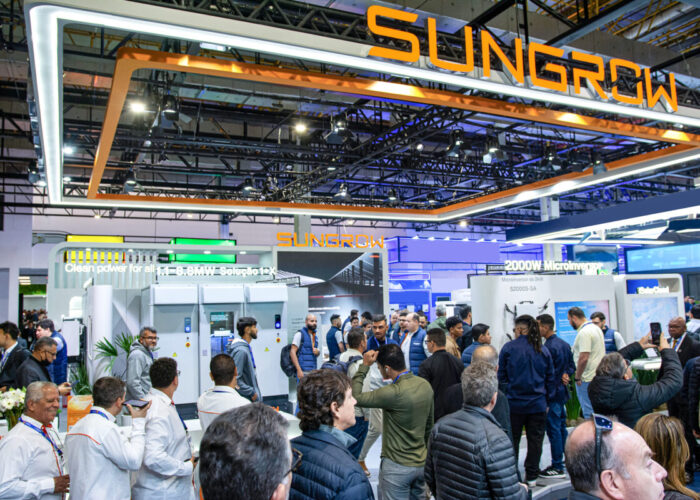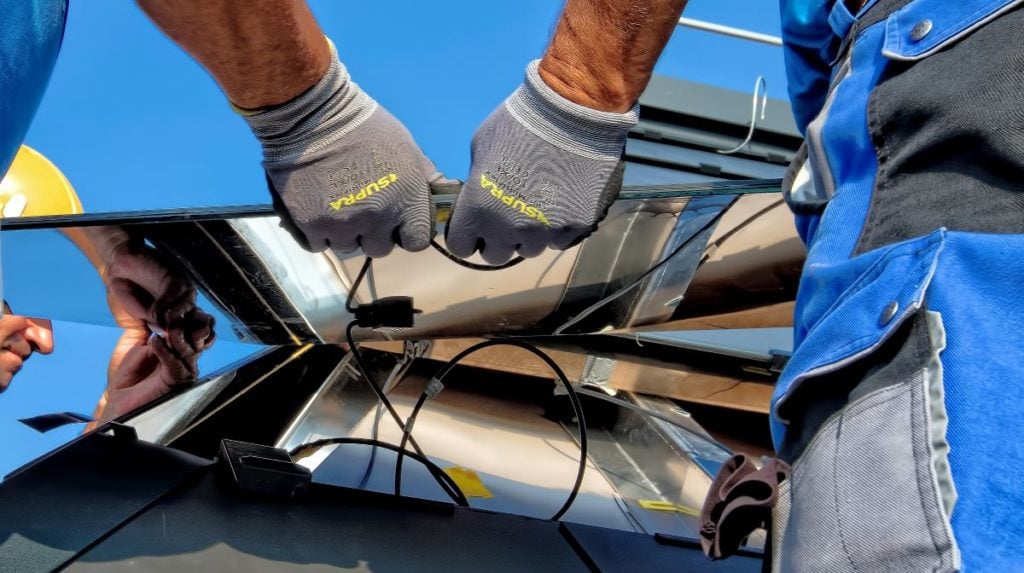
The price of solar PV modules has hit bottomed out in the US, in response to the latest antidumping and countervailing duty (AD/CVD) petition and solar tariffs.
In its latest module pricing report covering March to May, solar and energy storage procurement firm Anza has noticed a slight price increase between April and May of 2%.
Unlock unlimited access for 12 whole months of distinctive global analysis
Photovoltaics International is now included.
- Regular insight and analysis of the industry’s biggest developments
- In-depth interviews with the industry’s leading figures
- Unlimited digital access to the PV Tech Power journal catalogue
- Unlimited digital access to the Photovoltaics International journal catalogue
- Access to more than 1,000 technical papers
- Discounts on Solar Media’s portfolio of events, in-person and virtual
In addition to that slight increase in module prices, the company adds that for the first time since 2022, some suppliers have increased their prices in response to the new trade regulations, which include the removal of tariff exemptions on bifacial solar panels.
The uncertainties of the AD/CVD petition, which the US International Trade Commission has decided to move forward with the investigation, have made it more complicated for some suppliers to prepare a medium-term plan in the US market. “It’s hard to do that when you don’t know what your actual costs and duties are going to be. That’s the biggest impact of the AD/CVD, [which] is freezing the market,” explains Aaron Hall, president at Anza.
Hall adds that prices would not have gone up if those — both the new AD/CVD petition and the solar tariffs — had not happened.
“Polysilicon, wafers and cells haven’t rebounded in any material respect. Internationally, the cost of upstream materials and supplies is still low,” explains Hall.
“These trade cases really wreak havoc on the market in the United States. Because largely, it means that the largest suppliers, that don’t really have anywhere to run, don’t necessarily have a safe cell source outside of the four countries [Vietnam, Thailand, Malaysia and Cambodia] and China. And it’s not a small effort for them to establish that.”
Module price hit bottom (US$0.24/w) in April
Between February and May 2024, the median price dropped from US$0.279/w to US$0.25/w. Looking at the price changes on a weekly basis, module prices hit their lowest level during the week of 22 April with a price of US$0.24/w before going up to the current US$0.25/w, remaining at that price throughout the month of May.
“After years of record low pricing, we’re seeing the market start to rebound as domestic manufacturers have less pricing pressure from foreign producers that are subject to tariffs,” said Mike Hall, CEO of Anza.
“We’re expecting to see this upward price trend continue from here, making it critical for new projects to consider current pricing and potential tariff impacts when sourcing materials.”
TOPCon goes up, PERC continues down
In terms of technologies, the price of tunnel oxide passivated contact (TOPCon) has rebounded after several months of price decreases, while passivated emitter and rear cell (PERC) continue to go down.
Between February and May, the price of TOPCon modules has gone from US$0.29/w to US$0.255/w, a 12.8% fall, while Mono PERC dropped from US$0.265/w to US$0.228. The price difference between both technologies remained around US$0.02 from February to April, with the gap starting to widen last month. As the price difference remained low for the past few months, TOPCon continues to be favoured over PERC.
Aaron Hall adds: “There’s still some kind of native organic demand for PERC over TOPCon but generally speaking, when you have the choice between the two, you choose TOPCon. Especially if the price is very close.”
Inventory building up
Hall also mentions that an inventory of modules is building up in the US, although nothing near compared to the situation in Europe last year.
“Most of the inventory, up until very recently, in the United States has been your 400 Watt vintage module. The reason that has existed in high amounts of capacity is largely because buyers have gotten over their skis, if you will, and bought more than they needed. In part, one of the dynamics was the safe harbour for ITC back in 2019, when we thought the ITC was going to go down,” explains Hall.
Inventory of newer modules, with a higher power output of up to 700W has also started to pop up, due to the uncertainties of the procurement from certain components of the modules, mostly wafers coming from China.

